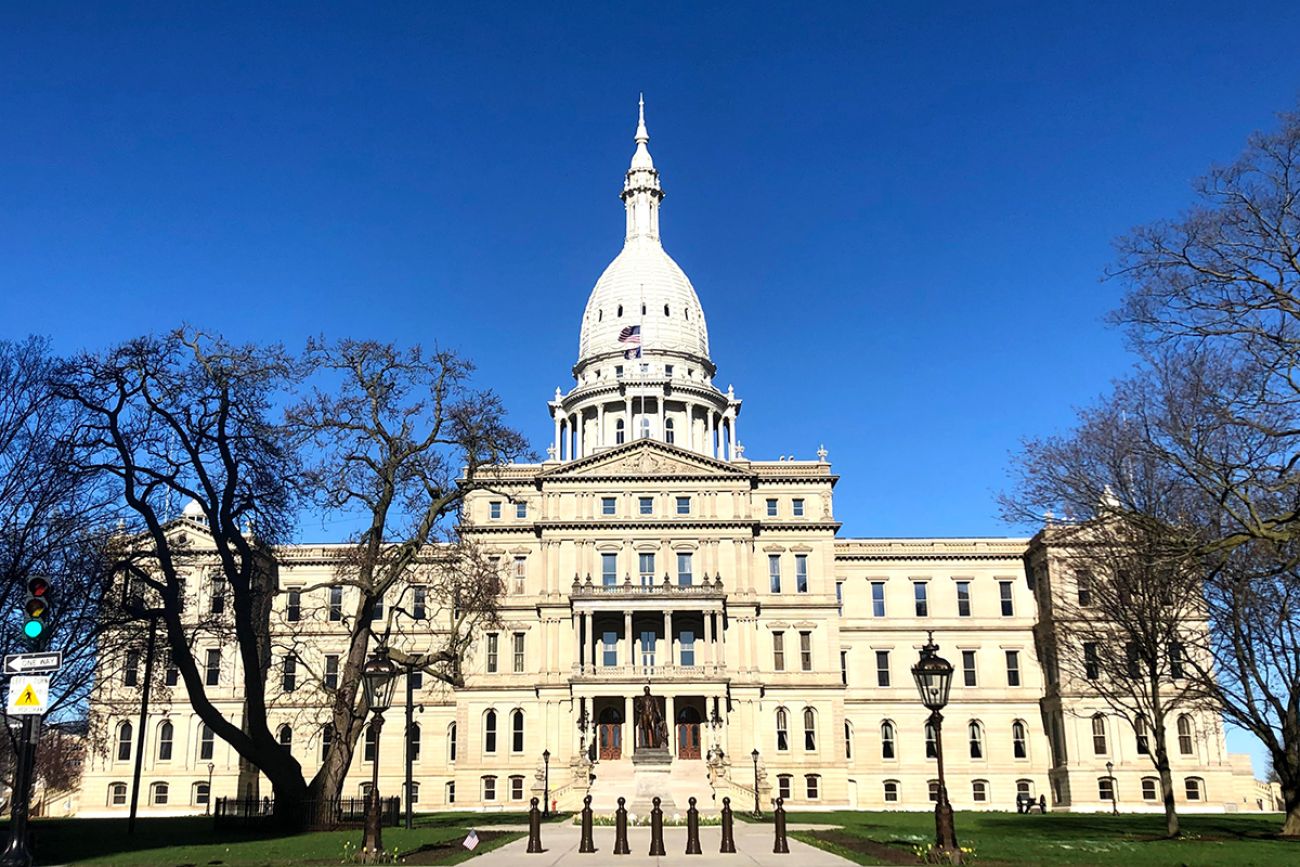Analysis of Michigan HB 4170
We project the bill, which would reduce Michigan’s tax rate from 4.25% to 4.05%, would cost $644 million in 2025.

Contents
Household Impacts
Statewide Impacts
Inequality and Poverty Impact
Conclusion
On March 5th, Michigan State Representative Kathy Schmaltz introduced
We have analyzed the impacts of this reform using the PolicyEngine microsimulation model, showing the effect on the state of Michigan and its residents.
Key results for 2025:
- Reduces state revenues by $644 million
- Benefits 75% of Michigan residents
- Lowers the state's Supplemental Poverty Measure by 0.02%
- Increases the Gini index of income inequality by 0.07%
Use PolicyEngine to view the
Household Impacts#
Higher-income households receive larger tax savings due to their higher taxable income and initial tax liability. A childless couple in Michigan earning $30,000 receives
Table 1: Change in Net Income by Household Income for a Childless Married Couple
Figure 1 shows the
Statewide Impacts#
PolicyEngine's static model indicates the income tax cut would
The measure
Households would receive an
Inequality and Poverty Impact#
The tax reduction would increase Michigan's Gini index of income inequality by
Conclusion#
Michigan's proposed income tax rate reduction would decrease state revenues by $644.8 million in 2025, reducing poverty by 0.02% and increasing income inequality by 0.07%. While the reform reduces tax liability across all income deciles, higher-income households receive proportionally greater benefits.
Tools like PolicyEngine provide data for policymakers evaluating such reforms, offering insights into impacts on various household types and the broader economy.
We invite you to explore our

pavel makarchuk
Economist at PolicyEngine

Subscribe to PolicyEngine
Get the latests posts delivered right to your inbox.
© 2025 PolicyEngine. All rights reserved.